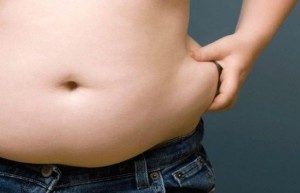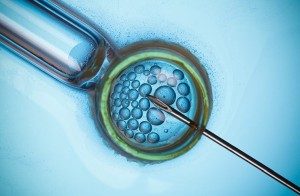This final fertility myth is one which is rarely discussed in an acupuncture clinic. It involves the use of folic acid. The common perception is that only women need to take folic acid when trying to conceive. Dr Geisler however suggests male partners should also follow suit.
Folic acid assists the body in the maintenance and production of cells. It is said to prevent the changes in DNA which may lead to cancer. As a medication, it treats some types of anemia (reduced numbers of red blood cells). With respect to female fertility, folic acid is used to prevent neural tube defects (NTDs). These birth defects impact the brain and the spinal cord and lead to conditions such as spina bifida or anencephaly.
But what does this all have to do with male partners? There is an increasing body of evidence suggesting that folic acid is also beneficial for males during the process of conception. One study showed that men who took a high dose of folic acid (700mcg per day) decreased sperm abnormalities by 20-30%. Another study demonstrated that 5mg of folic acid combined with 66mg of zinc sulphate increased normal sperm count by 74%. Given these outcomes, it appears it will be beneficial for male partners to also take folic acid in preparation for conceiving.
*This is the thirteenth of a list of 13 myths concerning conception which was compiled by Dr Minna Geisler from The Waterstone Clinic in Ireland.












